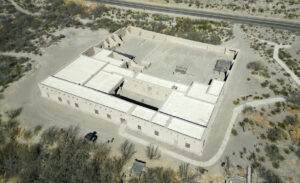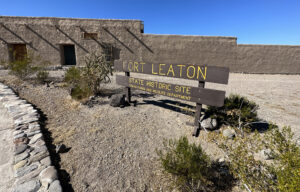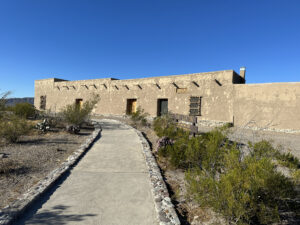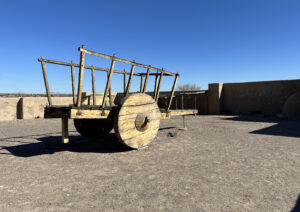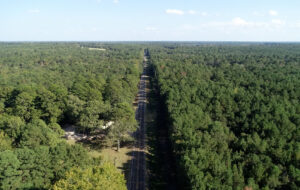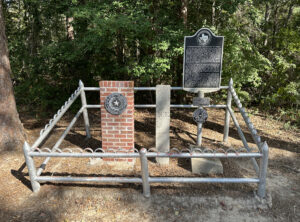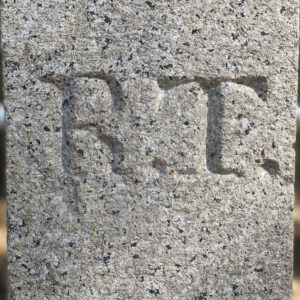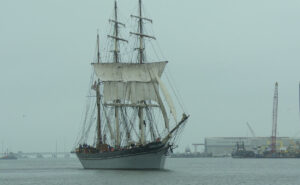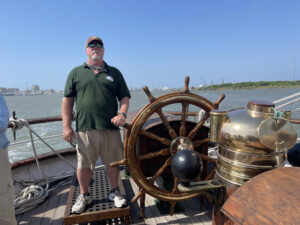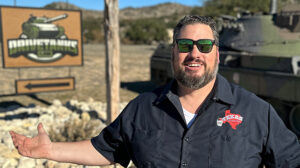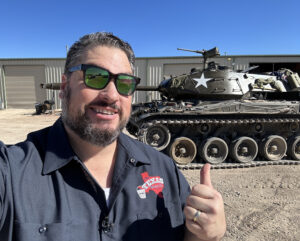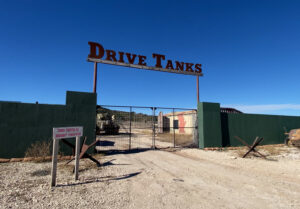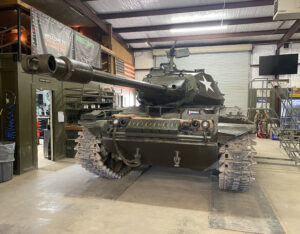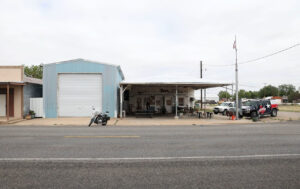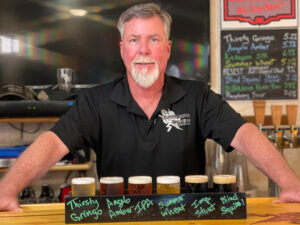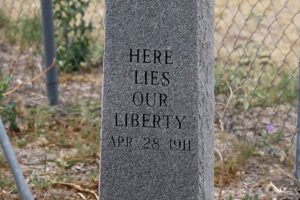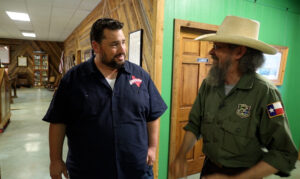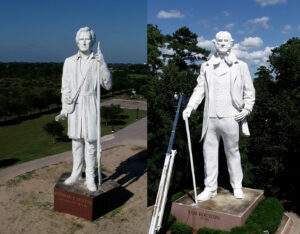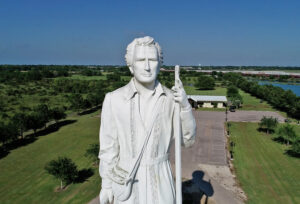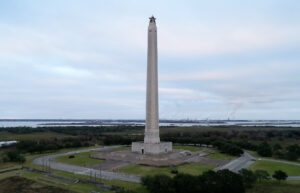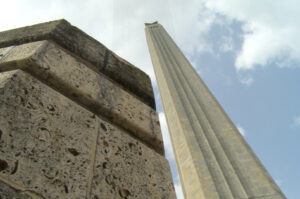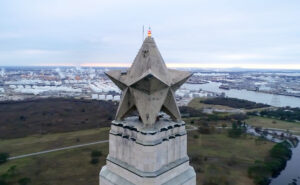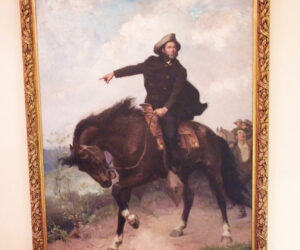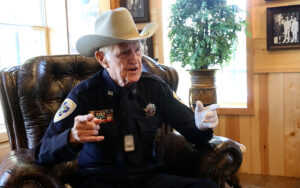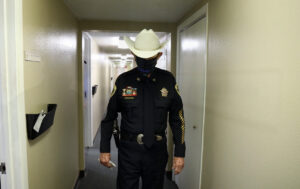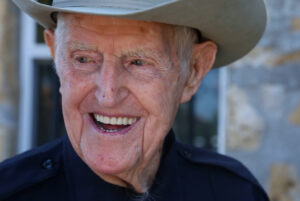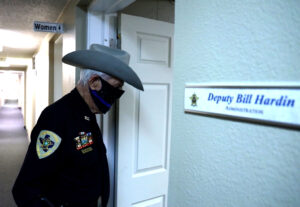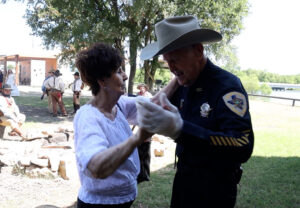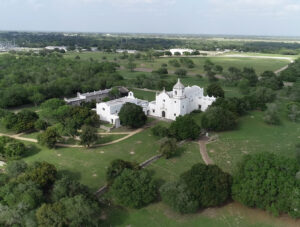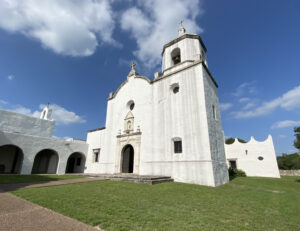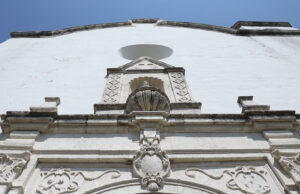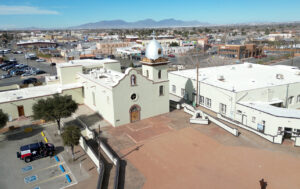
El Paso – El Paso, the furthest west you can go in the Lone Star State, has history that can be traced way back to the Native American days. This area was first colonized by the Spaniards, and some of their oldest establishments can be found in the Sun City on the mission trial. That includes the Ysleta Mission, boasting over 300 years of history. “This building has only been here since 1851, but the community, the Tigua community, has been here since 1680,” said Ed Shugert, a former newspaper journalist and El Paso native. Since 2018, he’s volunteered at the Ysleta Mission to help tell the story that starts all those years ago. “As far as I know, it’s the first permanently established community in what is present day Texas,” said Shugart.
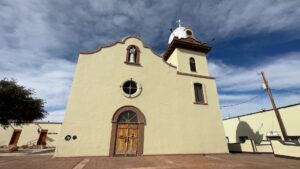
In the thick of America’s colonization by Europeans, Spain had a heavy presence in the Southwest where Native Americans were once prominent. “There were competing European interests all over North America,” said Shugert. “And each of them had their own exploration efforts, settlement efforts. And all of them dealt rather harshly with the Native American populations. They didn’t consider the native populations to be equals in any way. The Spanish, in some ways, were trying to be more accommodating, but early on they weren’t,” said Shugart.
Ysleta and all the missions on the El Paso Mission Trail were settled after the Pueblo Revolt. Lead by a religious leader named Po’pay, it was most successful uprising of indigenous Pueblo people. “They killed hundreds of Spanish soldiers, civilians, and most of the priests,” said Shugert. “And so the survivors of that initial attack came south to here,” said Shugart.
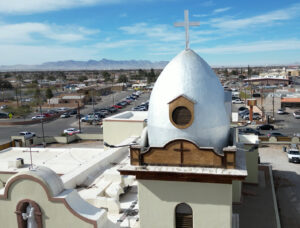
The revolt kept Spain out of New Mexico for over a decade. “Pope had made certain promises about how their Gods would reward them for doing this, and things didn’t get easier for them,” said Shugert. “And he wasn’t a kind of leader that would help the Pueblo stay united. And so eventually they saw that this isn’t working out so great either,” said Shugart.
Over time, the two cultures came together. “I’m not familiar in detail with how the cooperation began and continued so that they could live together peacefully, but that did happen,” said Shugert. “Certainly, there’s a different perspective between Europeans who live in this area and come from a European tradition and the Native Americans who live here. So there’s still disagreement about some of that history,” said Shugart.
As they say, the past is in the past. Today the Ysleta people use the mission to tell their collective story. “Nearly all of them are Christian or Catholic. They also have held onto their culture, of course, and a number of the traditions that they have there,” said Shugert. “They’re very much holding on to that part of their history and culture that make them distinct from others.”

The Spaniards took a bit of a different approach after the revolt, and that’s helped maintain the mission for all these years. “They believed these people are God’s children as well, just like they were,” said Shugert. “And so they wanted to bring the good news as they saw it to a new group of people, because that’s what Christians are told in the Bible by Matthew is to go out and spread this message and let people know about Jesus Christ. That’s been the enduring relationship in this particular community, hasn’t been other places. Some places that Native Americans have rejected it because of the very imperfect way that other faith groups have tried to instill Christianity instead of trying to show the love and acceptance of people where they are and let them come to their own conclusions,” said Shugart.
Today there’s even a Native American Saint, Saint Kateri Tekakwitha. “She was Mohawk, so of course she was in the Eastern part of the United States,” said Shugert. “The church community here is made up of Native Americans, and so they take pride in the fact that there’s a Native American who was named a saint. That really wasn’t done until recently. It was in the 2000s.”
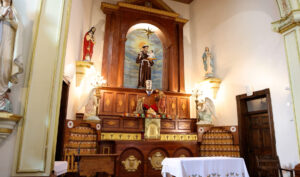
Saint Kateri Tekakwitha has a presence at the Ysleta Mission along with other Native American touches. Originally built in 1851, the church sits on the original site of the mission which was actually in Mexico, and the current structure looks like a traditional Catholic Spanish church. Surprisingly, it wasn’t a battle or a treaty that changed things, it was an act of God.
“All three of the churches that you’ll see on the mission trail here were originally built on the southern bank of the Rio Grande,” said Shugert. “But the flood of 1829 was severe enough it actually changed the course of the river, and it left these three churches on the Northern side, which at the time didn’t mean much, but of course today it means the difference between being in the United States or being in Mexico.”
Between the history, the people, and the overall implications this place had on our state and country, the Ysleta Mission in El Paso is a storied stop for anyone with an interest in American, Texan, or Native American history.
“I think it’s important for everyone who comes to this area to know that this was the beginning of permanent European and Native American settlement in this area,” said Shugert. “What a jewel we have in these missions.”
